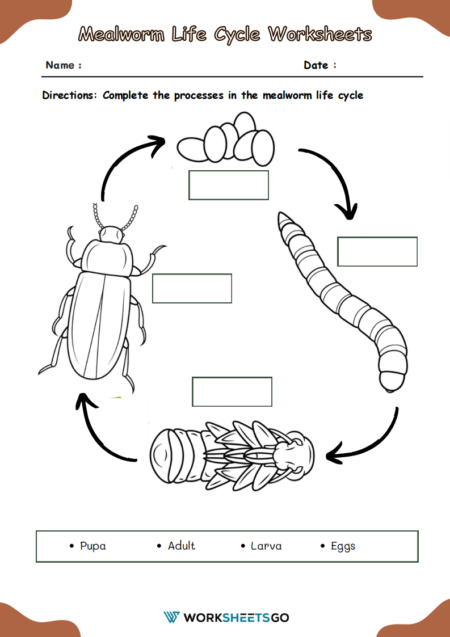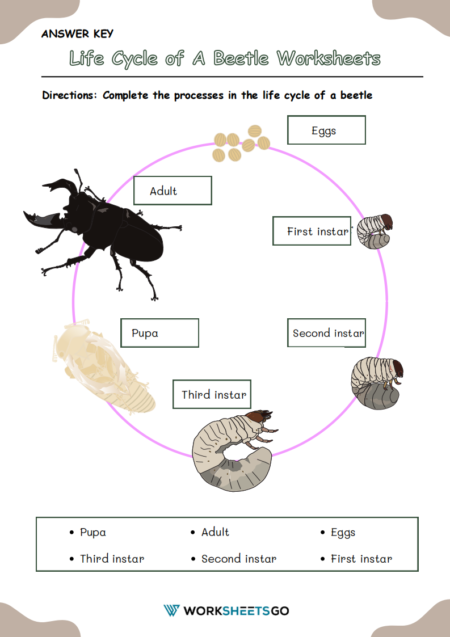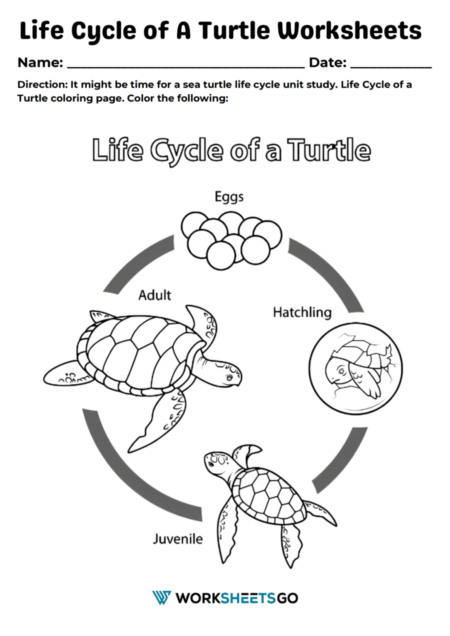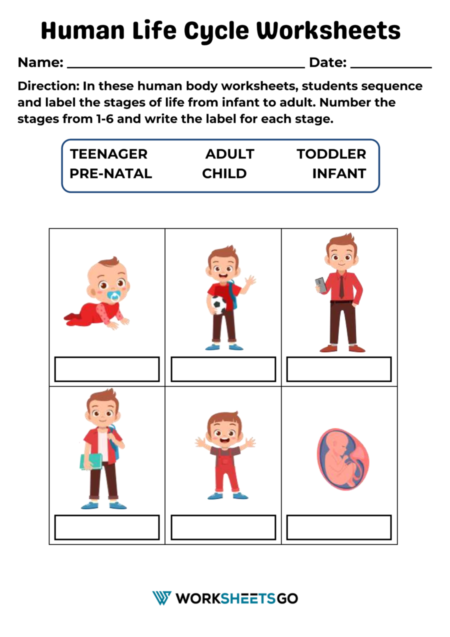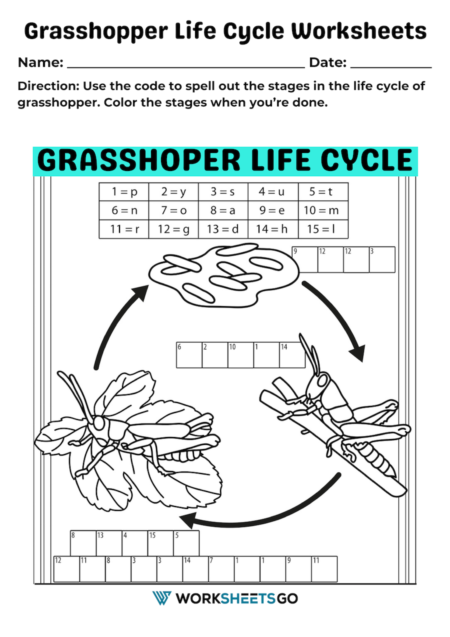Mosses are fascinating plants that reproduce differently from flowering plants and trees. Understanding the life cycle of moss can be both educational and fun, and worksheets like the one shown in the image can be great tools for both teachers and students.
The life cycle of moss is complex and involves both sexual and asexual reproduction. The process can be broken down into several stages, each of which is crucial for the continuation of the species. The worksheet provided in the image is designed to test knowledge of these stages, and it includes spaces to label diagrams with the correct terms.
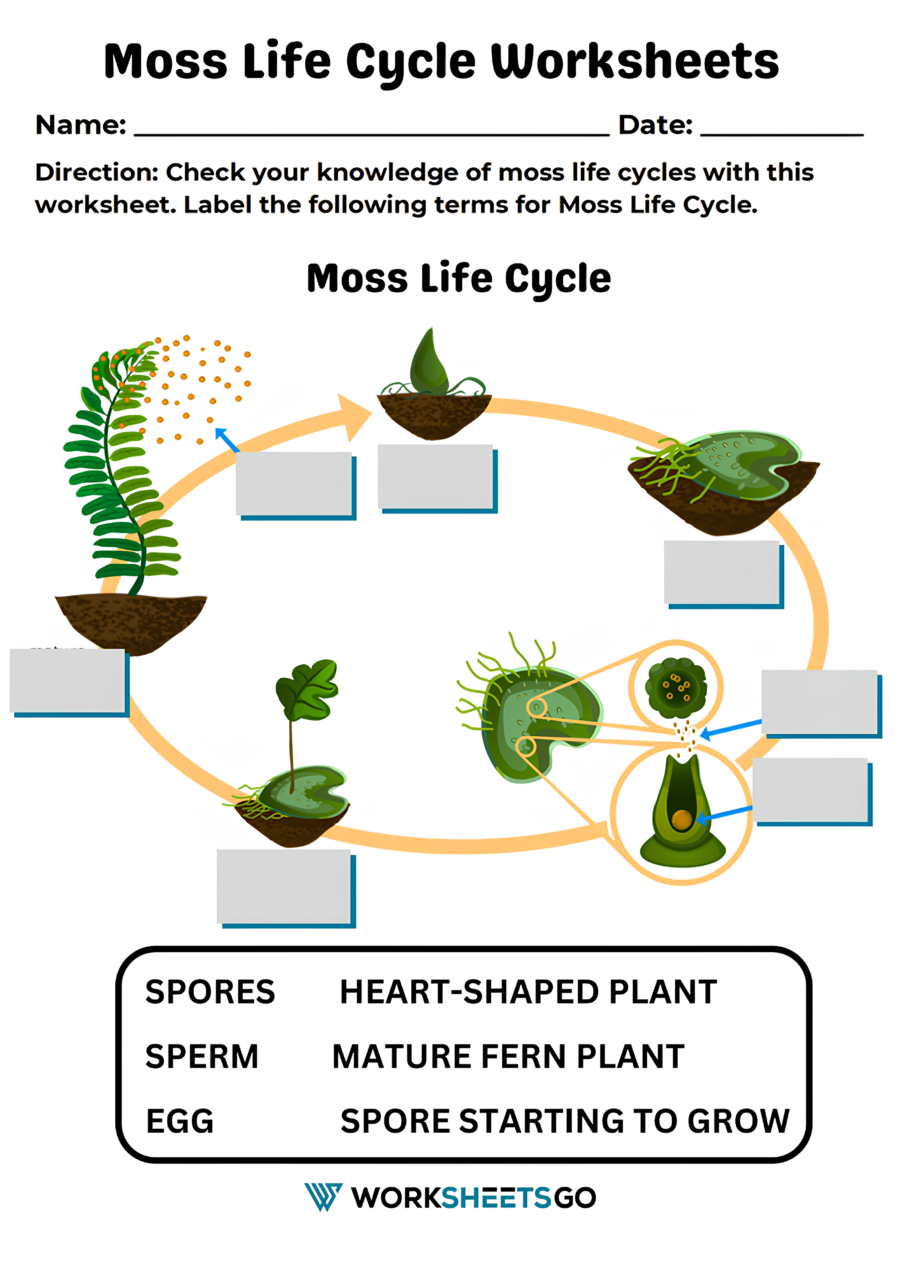
Answer Key
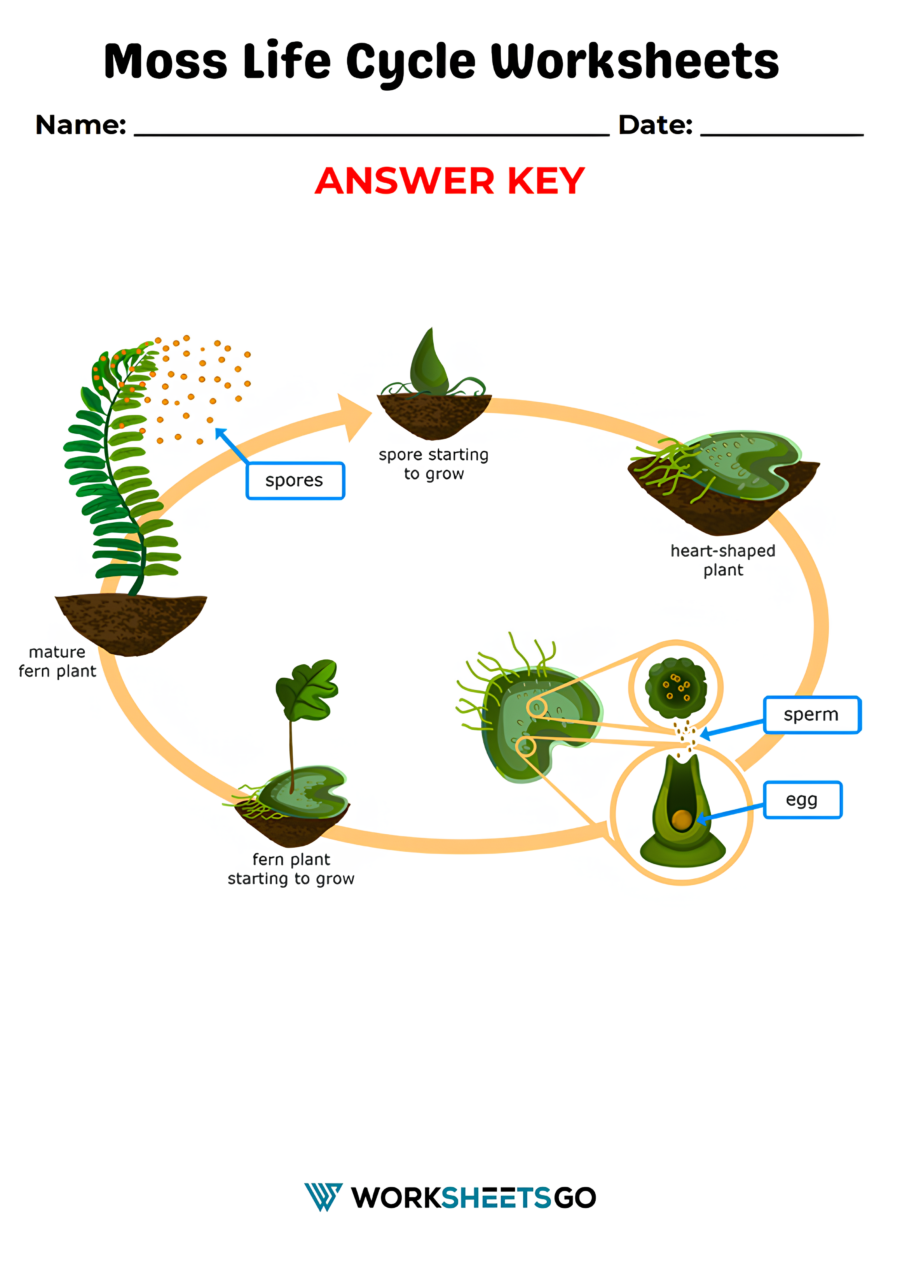
For educators looking to create similar worksheets, it’s important to include clear, labeled diagrams that illustrate each stage of the moss life cycle. The stages typically include:
- Spores: Moss life begins from spores, which are often released in large numbers into the air.
- Spore Germination: When a spore lands in a suitable environment, it germinates and begins to grow.
- Protonema: The initial growth from a spore is called a protonema, which develops into a network of algal-like filaments.
- Bud Formation: On the protonema, buds form and then grow into the leafy shoots of the moss plant.
- Mature Moss Plant: The green leafy part of the moss that we commonly see is the mature gametophyte.
- Sex Organs: Moss plants produce sex organs; the male organs are known as antheridia (producing sperm) and the female organs are called archegonia (producing eggs).
- Fertilization: When water is present, sperm can swim to the egg to fertilize it.
- Sporophyte Development: A fertilized egg will grow into a sporophyte, which is often seen as a stalk growing out of the moss.
- Spore Capsule: At the top of the sporophyte stalk is a capsule where spores develop.
- Spore Release: Once mature, the capsule releases spores, and the cycle begins anew.
Including a key with terms such as “spores,” “sperm,” “egg,” “heart-shaped plant” (referring to the gametophyte with developed sex organs), “mature moss plant,” and “spore starting to grow” can help students label each part of the cycle correctly.


